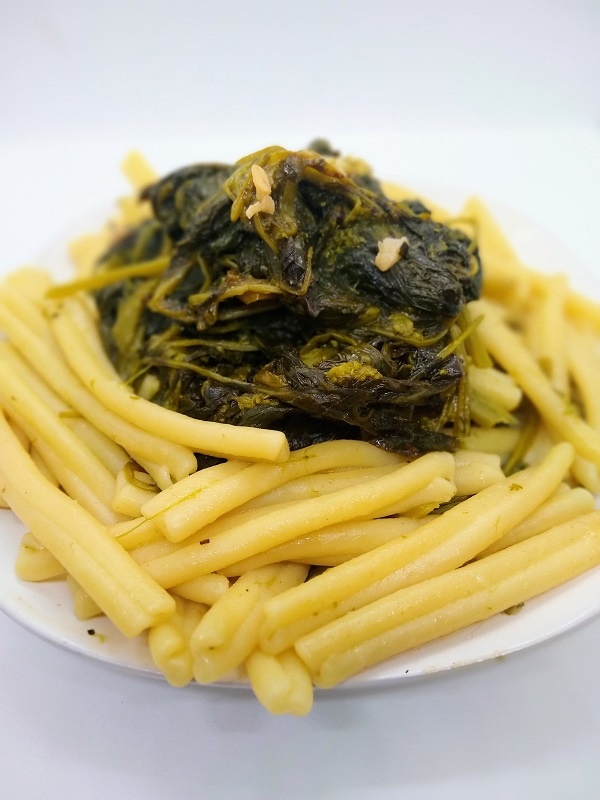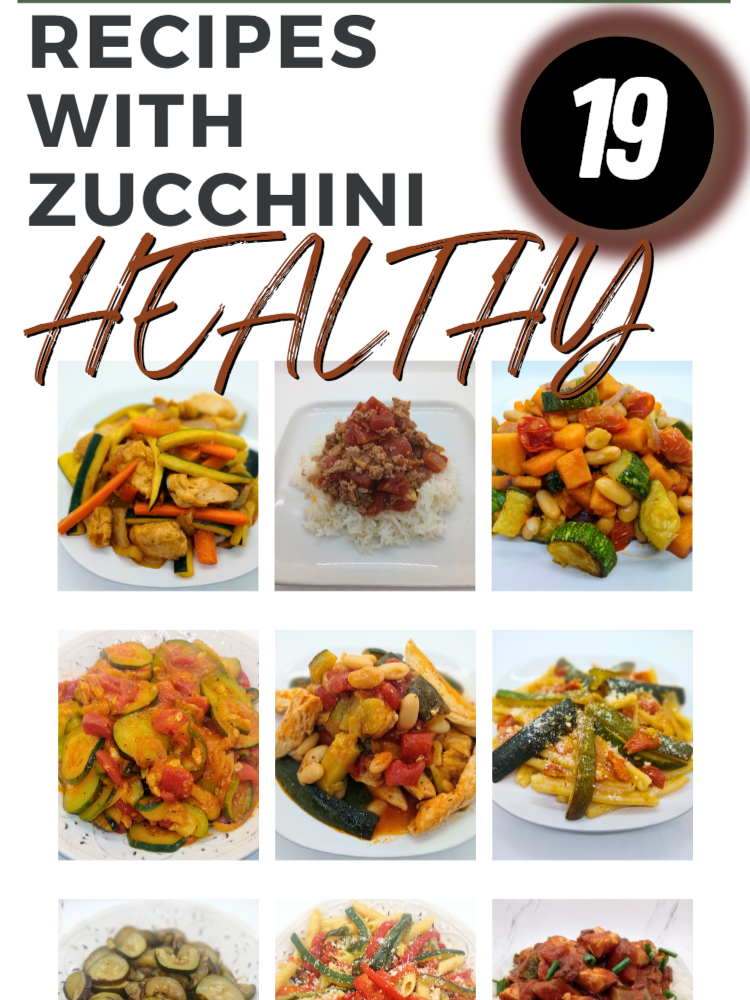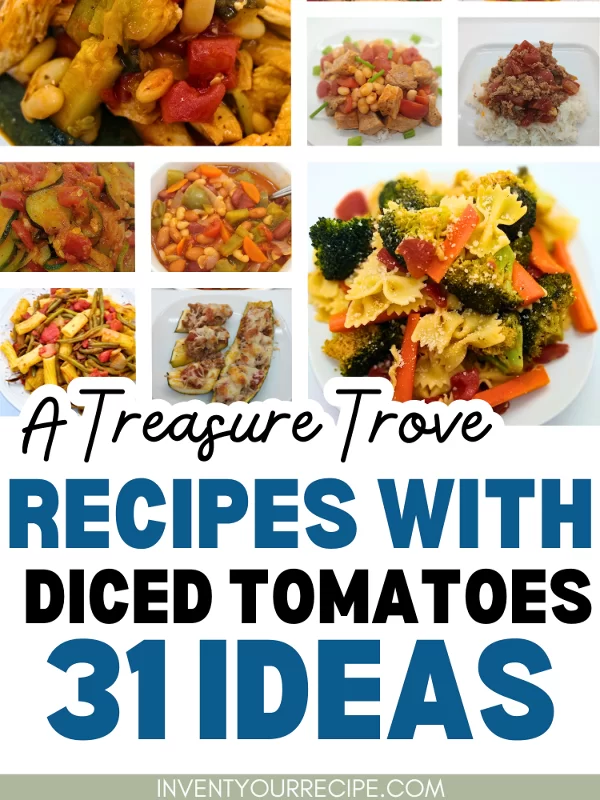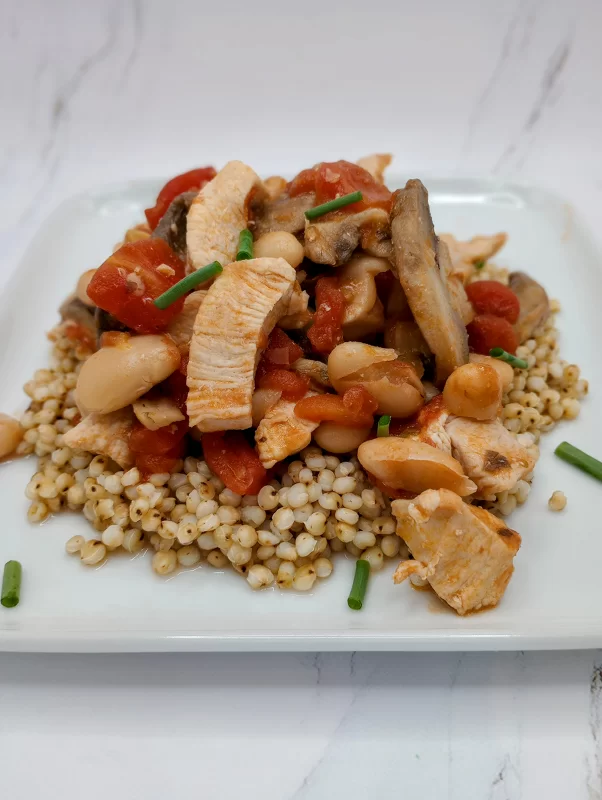Garlic, the aromatic and flavorful bulb, is a beloved ingredient in kitchens worldwide. But did you know that there are various types of garlic, each offering distinct flavors and culinary nuances? In this blog post, we’ll explore this fascinating world, from different varieties and growing tips to storage methods and the best garlic for various cooking endeavors. Let’s dive in!
A Closer Look at Varieties, Growing Tips, and Culinary Recommendations
It is hard to envision a cooking pantry without this ingredient, especially for me, growing up in and Italian household.
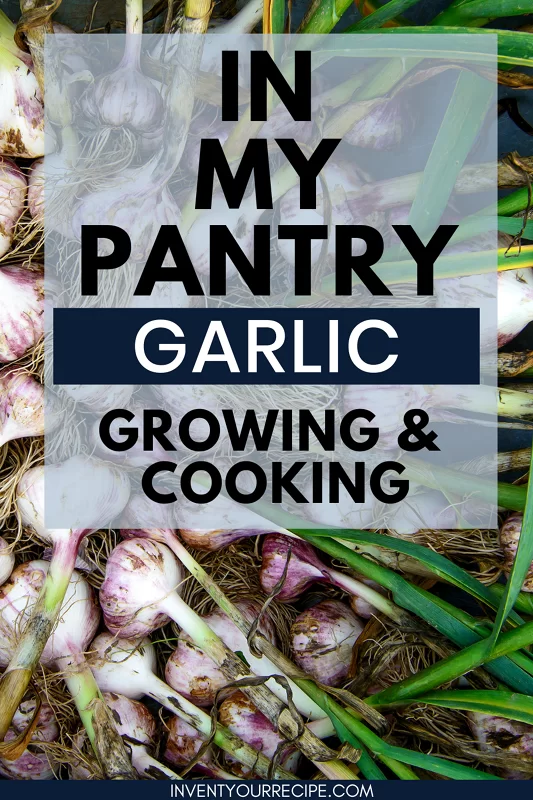
Different Types of Garlic and Their Characteristics
Softneck
Softneck , characterized by its pliable stalk or “neck,” is the most common type found in grocery stores. It usually has a higher number of cloves per bulb and boasts a longer shelf life. Some popular softneck varieties include California Early, Italian Late, and Silverskin.
Softneck has more gloves, since it does not produce a scape. The gloves are smaller then hardneck. Softneck is more suitable for warmer climates and will not grow as well in climates with a prolonged winter.
Look up your growing zone and compare the varieties before choosing between softneck or hardneck.
Hardneck
Hardneck features a firm and woody stalk, along with larger cloves compared to softneck varieties. Its robust flavor profile is favored by many chefs. Hardneck produces scapes (flower stalks), which can be harvested and used in cooking. Notable hardneck varieties include Rocambole, Porcelain, Purple Stripe, and Glazed Purple Stripe.
Hardneck produces fewer cloves than softneck. However, the gloves are larger. Hardneck garlic is more suited to colder winter climates.
Elephant
Although not a true garlic, elephant belongs to the leek family. It has larger bulbs and a milder flavor. It’s an excellent choice when a less pungent taste is desired.
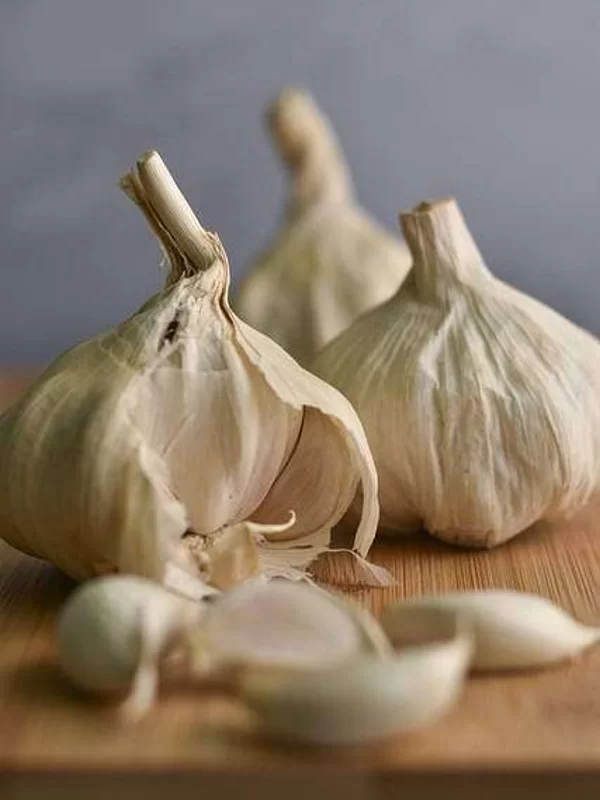
How to Grow Garlic
Garlic is relatively easy to grow, making it a rewarding endeavor for gardeners. Here’s a brief growing guide:
- Planting Garlic: typically planted in the fall, about 6-8 weeks before the first hard frost. Separate the cloves and plant garlic with the pointed end facing upwards, about 2 inches deep and 6 inches apart.
- Soil: prefers well-draining, fertile soil with a pH of 6.0 to 7.5. Add compost, organic matter, or a balanced fertilizer before planting for optimal growth.
- Watering: Keep the soil evenly moist, especially during the growing season in spring. Reduce watering as the garlic matures to prevent mold and rot.
- Harvesting: usually ready for harvest in late spring or early summer. Look for yellowing leaves as a sign of maturity. Carefully dig up the bulbs and allow them to dry in a shaded, well-ventilated area for a few weeks before storing.
- Softneck: these varieties will tend to lean or fall over when they are ready to harvest. Look for a leaning plant with yellowing leaves on the bottom half before harvesting. If the plant is leaning before the leaves are yellow this might be caused by bad weather, wind, or another issue.
- Hardneck: these varieties produce garlic scapes, which will form from the center of the plant. If left to grow the scapes will produce a flower and the next generation of seeds. Most people remove these scapes so the plant can focus on bulb production.
- I recommend you remove the scapes and use them for cooking. Make a pesto, or use them as you would green onions. About 2-4 weeks after removing the scapes the bottom 3-4 leaves of hardneck varieties will begin to yellow. This is when it is time to harvest
I grow softneck garlic in my garden. The variety I grow is called Sicilian Artichoke and I buy the seeds from Filaree Farm. I really like this company and I highly recommend their products.
I live in Maryland and my growing zone is 7A. I plant the garlic around Halloween, give or take a week, and harvest around the 4th of July, or a bit sooner.
If you order from a reputable garlic Farm they will typically ship the garlic to you when it is time to plant in your growing zone.
How to Store Garlic
Proper storage ensures that your garlic stays fresh and flavorful. Here’s is a quick storing guide:
– Bulbs: Store whole bulbs in a cool, dark, and dry place with good ventilation. A mesh bag, open shelf, or a basket works well for this purpose.
– Cloves: Once you’ve separated the cloves from the bulb, keep them in an airtight container or a resealable bag in the refrigerator. Use them within 10 days to maintain their freshness.
Best Garlic for Cooking
When it comes to cooking, the choice depends on personal preferences and the dish being prepared. Here are some recommendations:
Softneck
Softneck varieties like Silverskin are excellent for braiding and well-suited for dishes that require a milder garlic flavor.
Hardneck
Hardneck , particularly Rocambole and Porcelain varieties, offers robust and complex flavors, perfect for enhancing savory dishes like roasts, stews, and sauces.
Elephant Garlic
Elephant is ideal for those who prefer a milder garlic taste in their recipes.
Choosing the Right Garlic
The world of garlic is vast and diverse, with different varieties offering an array of flavors to delight our taste buds. From softneck to hardneck, each type has its unique characteristics that make it perfect for various culinary creations.
Whether you’re growing garlic in your garden or selecting the best one for your recipe, understanding the nuances of garlic will elevate your culinary endeavors and add a dash of magic to your meals. So, next time you’re in the kitchen, embrace the wonder of garlic and savor its exceptional flavors!
Garlic Sources
The information provided in the blog post about different types of garlic, growing tips, storage methods, and culinary recommendations is based on general knowledge and common information found in various reputable culinary websites, gardening resources, and agricultural organizations that discuss garlic types, cultivation, and culinary uses. These sources include:
– University of California Agriculture and Natural Resources
– University of California Statewide Integrated Pest Management Program (UC IPM)
– Gardening Know How
– The Spruce Eats
– Specialty Produce
Please note that while I strive to provide accurate and up-to-date information, the blog post content should be used as a general guide, and it’s always a good idea to refer to specific gardening and culinary resources for more detailed and site-specific information.
Recipes With Garlic

Stir Fry Vegetables with Quinoa: A 30 Minute Recipe
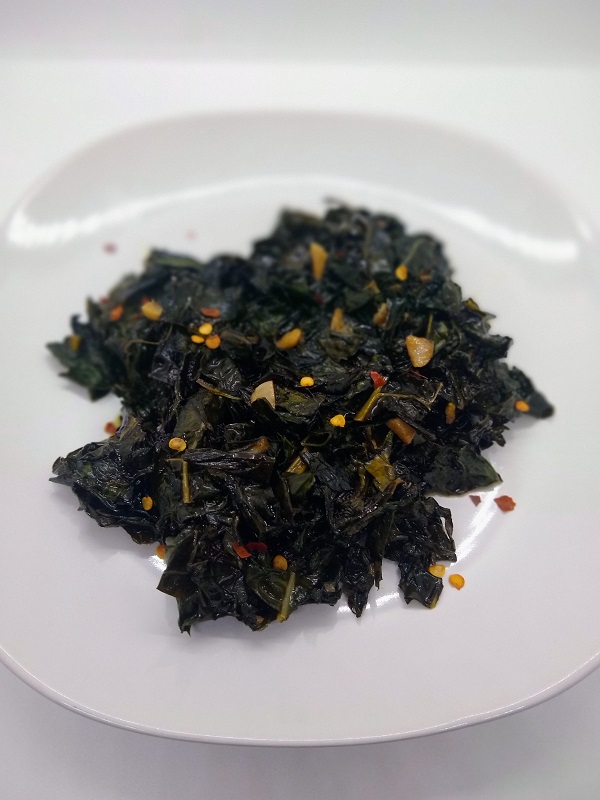
Kale with Garlic and Oil: A Healthy 20 Minute Recipe

Honey Glazed Chicken Bites: A 22 Minute Recipe
